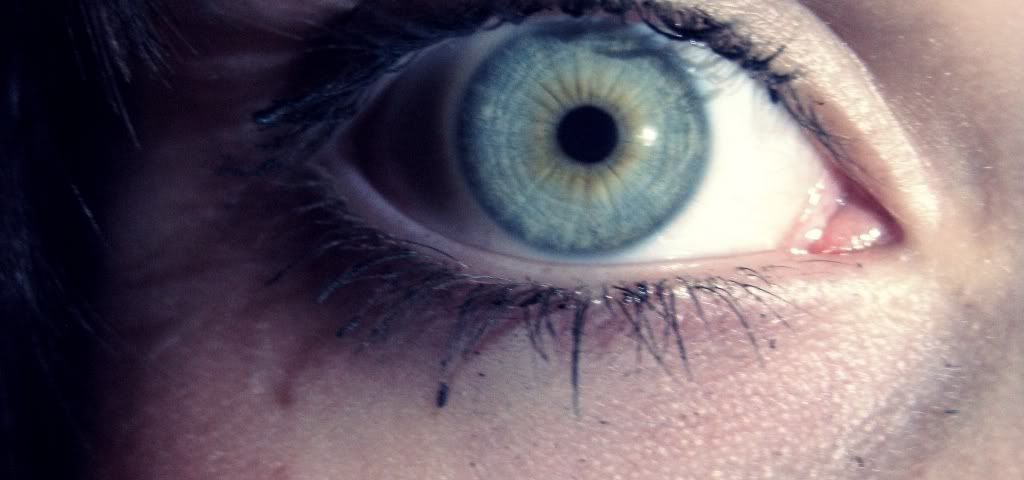Lenses that cover the eye can be used to help treat neurotrophic keratitis in people with familial dysautonomia, a case series highlights.
The series, “Case Series: Management of Neurotrophic Keratitis from Familial Dysautonomia,” was published in Optometry and Vision Science.
Familial dysautonomia is a genetic disorder that leads to the death of neurons (nerve cells), particularly those involved in sensation and in regulating involuntary bodily functions (e.g., blood pressure and digestion). One of the complications of this condition can be neurotrophic keratitis, in which problems due to impairment of nerves serving the eye cause irregularities in the cornea (the clear “lens” on the outside of the eye).
The case series details three individuals with familial dysautonomia who experienced such complications.
The first patient, a 35-year-old man, went to the ophthalmologist due to blurry vision and frequent eye infections. The second patient was a 20-year-old woman with a history of frequent eye scratching. The third patient, 18-year-old man, was experiencing frequent blurry vision.
All patients had evidence of damage to the cornea. Previous treatments generally involved artificial tears (eye drops) and other forms of lubrication for the eyes.
One patient was treated with commercial scleral lenses while the other two were treated with prosthetic replacement of the ocular surface ecosystem (PROSE). In principle, these are akin to traditional contact lenses, but they’re larger because they cover not only the cornea, they also cover the sclera — the entire white part of the eye. Additionally, because of the way they’re designed, they can keep a steady reservoir of tears available to keep the eyes hydrated at all times.
“Scleral devices can play an important role in stabilizing the ocular surface in patients with neurotrophic keratitis,” the researchers wrote. “They protect the ocular surface from mechanical forces and promote corneal healing and corneal hydration by maintaining a stable tear film on the ocular surface.”
In all three patients, the application of these lenses relieved symptoms.
For the first and third patients, wearing the lenses every day over the course of months increased best corrected visual acuity (BCVA). In the first patient, BCVA increased from 20/80 to 20/40 in the right eye, and from 20/200 to 20/70 in the left. In the third patient, BCVA increased from 20/400 to 20/40 in the right eye, and from immeasurably low to 20/100 in the left.
For context, a BCVA of 20/70 is usually considered visually impaired, while a BCVA below 20/200 is typically considered legally blind.
The second patient was nonverbal, and communication issues prevented a traditional eye exam from being performed. Nonetheless, “She was able to nod yes when asked if she liked her new devices,” the authors wrote, adding that the patient has continued to wear the lenses for more than two years.
“Scleral devices can be an effective way to treat patients with neurotrophic corneas and particularly individuals with familial dysautonomia,” the researchers concluded.
They noted that earlier intervention with devices such as scleral lenses could be beneficial, as it could prevent damage before it occurs. This may be an area for future studies to explore.

